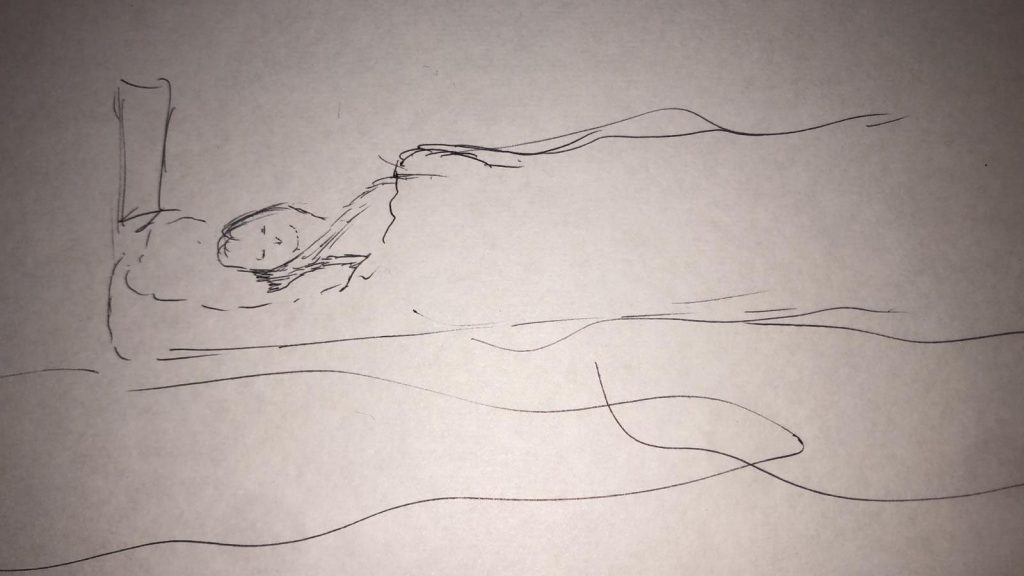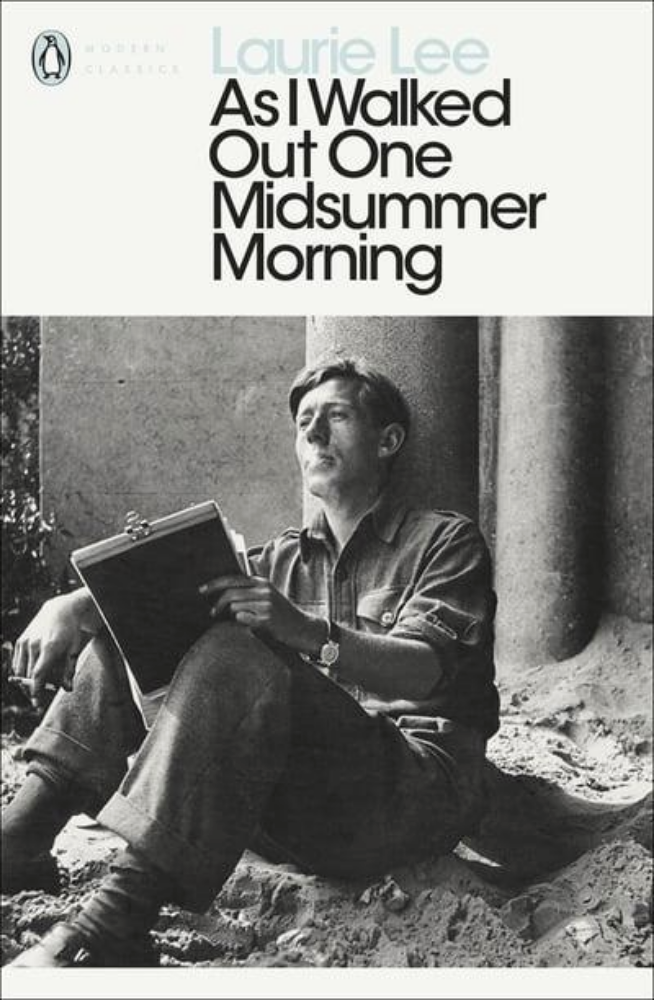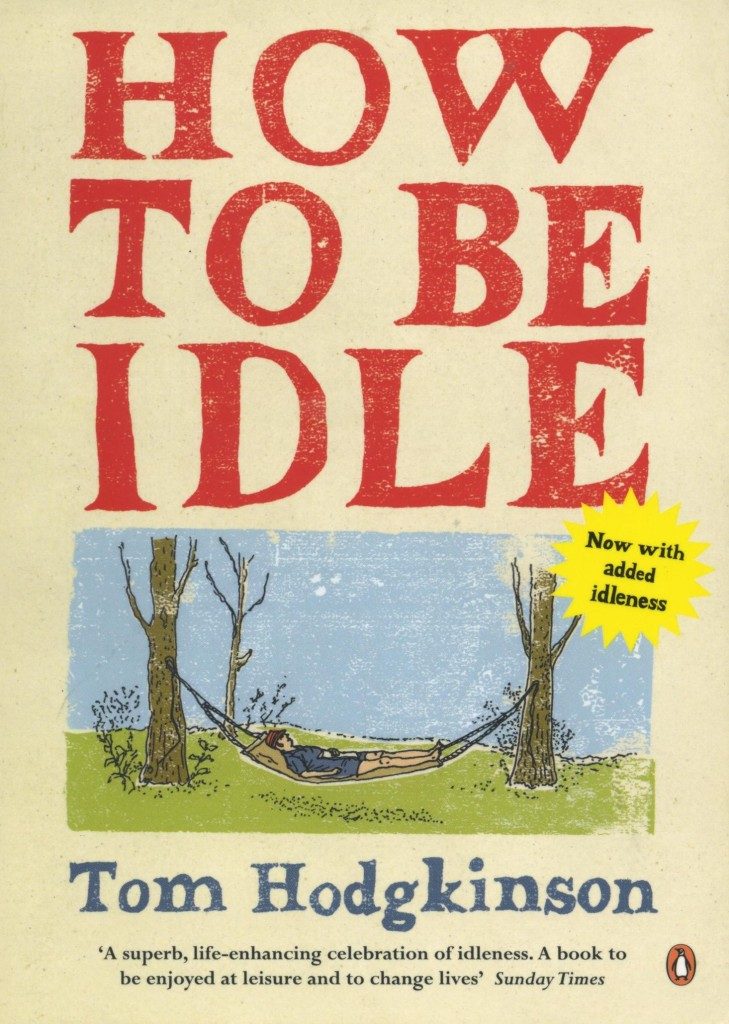
Sleeping is the ultimate in personal self-care.
To sleep is to give oneself permission to shut out the world and to spend the time required to self-repair and regroup.
During sleep time the body self-repairing, it is regaining energy.
It also allows the body and mind to process feelings and thoughts. Dreaming is a form of processing feelings and thoughts. In his book on idling Tom Hodgkinson refers to hypnergodgerising, the semi-conscious state you can sometimes find yourself in when you are having a siesta or you are slowly waking up from your sleep, you know when you’ve more or less slept what you need, but at 9.30 am in the morning, you decide you’ve probably got another hour’s rest inside of you.
Hypnergodgerising is a time during which you are very clearly replaying memories or scenarios that you are likely to face in the future. It is an extraordinarily creative state to be in, it helps both consider life’s pressing problems, but also helps to find answers or solutions to those problems. I like to play music whilst I am hyponergodgerising, I find the music works in a hypnotic way, and functions as a door to a set of emotions and feelings that my hyponergodgerising mind can then work with to understand interpret past events and future challenges. When the music is a signifier of a previous point in my life it I can draw upon those past experiences in interpreting and considering my response to the challenges of the present.
But anyway, the point is, is that sleeping in this way, hypnergogerising, is an investment of inner resource, made possible by excluding the demands of the outside world, to answer the problems of the worlds. It’s the body’s way of saying OK let me go away and think about this.
Laurie Lee was an idler par excellence. In June 1934, after having lived in a sleepy Gloucestershire village called Slad for nineteen years, he took a bag, a few bits and bobs, a violin and decided to walk and busk his way to a new life in London. He worked in London for a year, and then on a whim, took a boat to Vigo, Spain, with a view to spending an indeterminate amount of time wandering through the country. Lee beautifully exemplified the ideal of following one’s heart and of going with the flow. In his account of his travels through Spain, As I Walked Out One Midsummer Morning, he described the beautiful experience of emerging slowly from one’s sleep, one morning in Valladolid:
I was awakened the next morning by the high clear voice of a boy singing in the street below. The sound lifted me gradually with a swaying motion as though I was being cradled on silken cords. It was cool crisp singing, full-throated and pure, and surely the most painless way to be wakened – and as I lay there listening, with the sun filtering across me, I thought this was how it should always be. To be charmed from sleep by a voice like this, eased softly back into life, rather than by the customary brutalities of shouts, knocking, and alarm-bells like blows on the head. The borders of consciousness are anxious enough, raw and desperate place; we shouldn’t be dragged across them like struggling thieves as if sleep was a felony.
Lee’s reflections ought to be heeded. Sleep, in some sense, is a place, for many of us and for most of the time, where the body has found some degree of safety, where the rest of the world can be shut out and where the mind and body has time to ruminate over the worse things in the world, the worst fears and experiences. Dreaming provides an abstract conceptualisation of both those experiences and our ruminations and learnings. Both sleeping and dreaming should be treated as necessary and serious matters, without them we would find it difficult to gain the kind of satisfaction that Socrates claimed could only be gained from a life reflected on because without our sleep and dream time where would we find the time to reflect.

